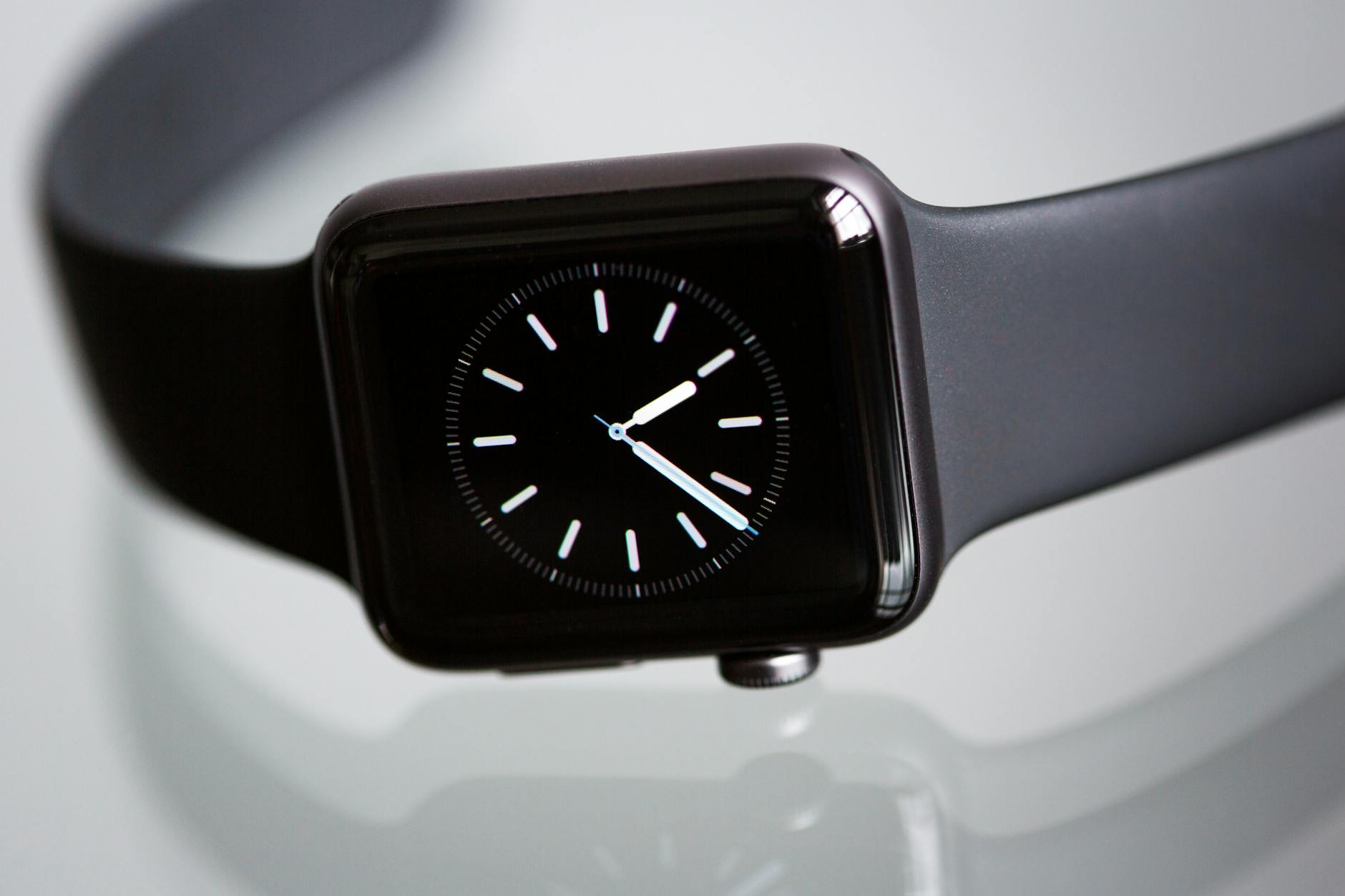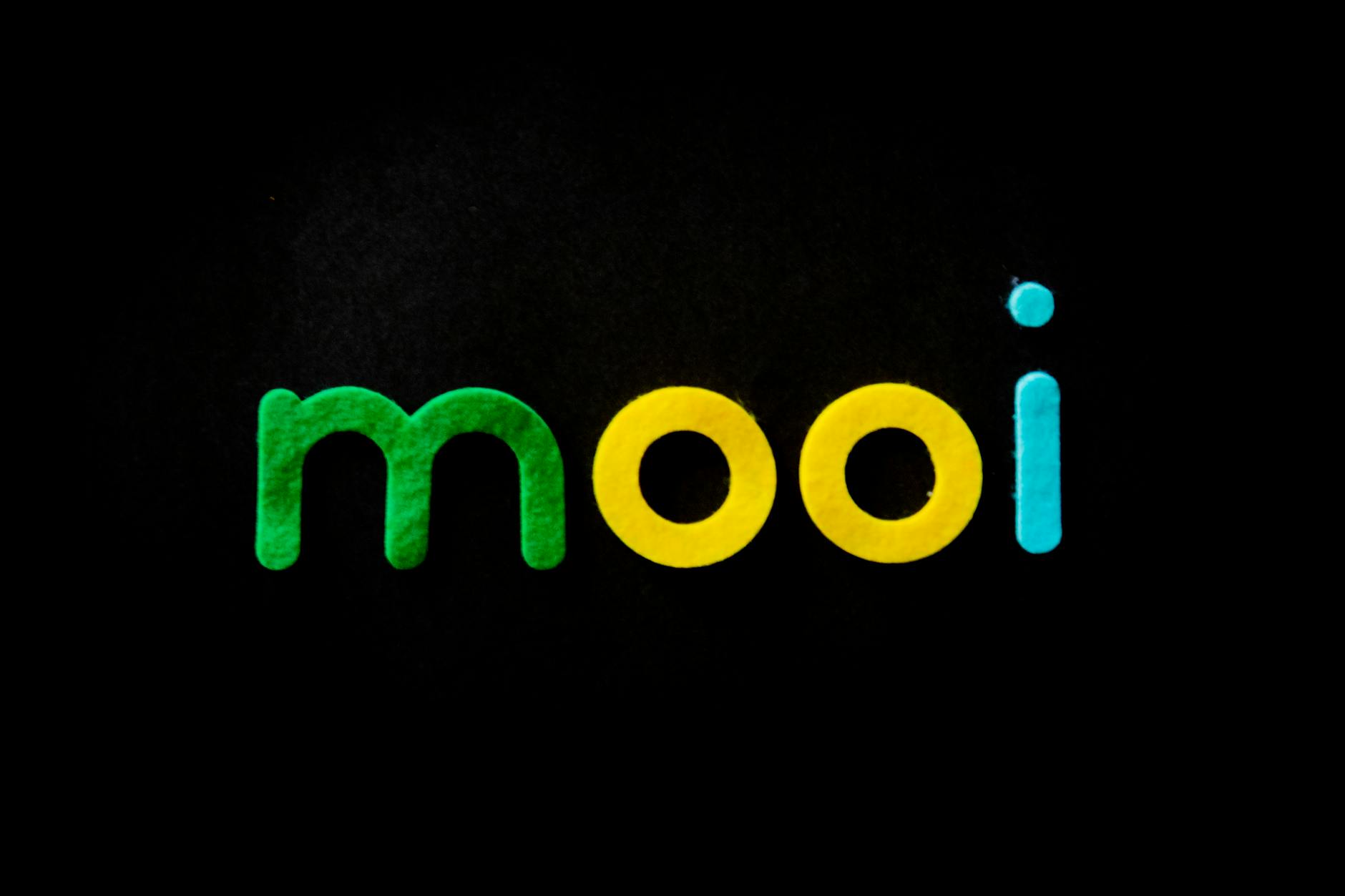How Australia's Acoustic Experiences Enhance Music Therapy Sessions

Australia's Unique Acoustic Qualities
In the heart of Australia, our country offers more than scenic beauty; it provides a diverse range of iconic acoustic landscapes that shape our sound experiences. One standout location is the Conservatorium of Music nestled in the Royal Botanic Gardens Sydney. This institution not only fosters musical education but also stands as a testament to Australia's renowned acoustic qualities. As a sound engineer, understanding these acoustic environments can immensely influence how audio is perceived and refined in a live setting.
Natural reverberation effects, such as those found in vast open spaces like Sydney’s famous outdoor venues, play a pivotal role in audio design. Recognizing how sound travels and reflects in these environments allows music professionals to use tools like mesh radios effectively for seamless communication during live events. Meanwhile, utilizing a modern broadcast solutions setup can enhance the live sound, capturing the clarity and vibrancy of local performances.
Equipped with an antenna tracking system, a live sound engineer can precisely manage audio feeds, ensuring each note reaches the audience with immaculate precision. By incorporating these techniques, anyone working in the live sound domain can elevate the auditory experience, harnessing both the natural and curated sonic environments of Australia.
Integrating Acoustics in Music Therapy
Enhancing Relaxation and Healing
Incorporating acoustics into music therapy can significantly amplify the relaxation and healing effects experienced by clients. The right pro audio equipment plays a crucial role in this, allowing for precise sound manipulation to create environments conducive to mental and physical healing. Music therapists often rely on various acoustic arrangements, using carefully tuned soundscapes to promote relaxation and alleviate stress. In Sydney, the acoustic experiences at the Carriageworks embody such therapeutic approaches, offering insights into how immersive soundscapes can be harnessed.
Creating Immersive Environments
The immersive environments fostered by music therapy draw heavily upon acoustic qualities, blending natural sounds with man-made instruments. By integrating elements like guitars and basses, therapists can craft engaging soundscapes that envelop clients, drawing them deeper into the therapy session. This approach leverages the subtle interplay between different instruments and ambient sounds to elevate the sensory experience and deepen the therapeutic impact.
Tailoring Techniques to Individual Needs
Every client's therapeutic journey is unique, and acoustics offer the flexibility needed to tailor techniques to individual needs. By adjusting sound frequencies and combining various musical elements, therapists can address specific emotional or physical challenges faced by their clients. Moreover, the adaptability of modern audio equipment allows for real-time adjustments, ensuring that sessions remain highly personalised and effective. These custom techniques are at the heart of music therapy, empowering therapists to form deeper connections with their clients and enhance overall outcomes.
Techniques for Enhanced Sessions
Utilizing Local Acoustics
As a music therapist in Sydney, I've found that tapping into the unique acoustics of venues like Carriageworks can profoundly elevate therapeutic sessions. The rich resonance within such spaces enriches the soundscape, providing an authentic and immersive experience. Using the local acoustic properties to your advantage helps create a transformative atmosphere that enhances the therapeutic impact in these settings.
Sound Layering Approaches
Crafting an impactful session often involves layering different sound elements, a technique that brings complexity and depth to the auditory experience. Mixing live instruments with recorded sounds, while leveraging a professional microphone, can help capture every nuance with clarity, ensuring that each layer is distinct yet harmonious. This method not only allows the blending of diverse sound textures but also caters to personalised auditory preferences, fostering an engaging session.
Adapting Equipment Setups
The versatility of musical equipment plays a crucial role in adapting to the unique demands of live and therapeutic environments. Adjustable setups and portable sound systems allow for quick transitions and fine-tuning during live performances. Consider how the adaptability of your setup ensures quick responses to any unplanned changes, maintaining consistent sound quality regardless of external variables. Mastering these techniques aids in delivering a seamless, high-quality audio experience tailored to the specific needs of each session in various Sydney venues.
Challenges in Acoustic Adaptation
Overcoming Venue Limitations
Working in venues with various limitations can pose significant challenges for sound engineers like myself. These spaces often come with their own set of unique issues, from poor acoustics to outdated equipment. The key is understanding the physical properties of each venue and adapting accordingly. For instance, in a venue with high ceilings, the use of an induction loop system can help minimise sound distortion for audience members who use hearing aids. Such a system can streamline communication and ensure that everyone enjoys the performance.
Managing Sound Variability
Another hurdle is handling sound variability, which can significantly affect the overall quality of a live event. Each venue, whether it's a compact club or a large outdoor space, has its own acoustic fingerprint that influences how sound travels and is perceived. By using advanced monitors for video conferencing, you can gain better control over sound levels and clarity. This technology is invaluable in both live music and music therapy settings where precision is crucial.
Technical Problem-Solving
Lastly, technical issues are often inevitable, requiring quick thinking and problem-solving skills. Continuous communication with the team and ensuring all equipment is in optimal condition can reduce potential issues. Experience taught me to carry backup gear, ready to deploy at a moment's notice, so hiccups are mere blips instead of show-stoppers. Each of these challenges demands not just reactive measures but a proactive approach to sound engineering and music therapy.
Inspiring Practices
Collaborating with Fellow Therapists
In the ever-evolving field of music therapy, collaboration is truly essential. At the Conservatorium of Music, nestled within the enchanting Royal Botanic Gardens Sydney, there's a profound understanding of the power of community and shared expertise. By regularly engaging with fellow therapists, we gain diverse perspectives on innovative approaches to integrating music equipment and exercise required to take a motorcycle license Queensland into therapy sessions. These discussions can spark new ideas and foster a deeper understanding of the acoustic properties that influence therapeutic outcomes. Such collaborations empower us to refine our practices and tailor interventions that resonate with clients on a deeply personal level.
Committing to Lifelong Learning
Continuous skill development is vital for effectively incorporating musical equipment into therapy. Attending workshops and events, like those at Carriageworks, where unique acoustic experiences come to life, can enhance our knowledge of sound dynamics and their therapeutic implications. By staying informed about the latest advancements, including innovative applications of music in therapy, we equip ourselves with the tools needed to craft transformative sessions. Moreover, these experiences highlight the significance of being adaptable and open to evolving methods that cater to diverse clientele.
Integrating Innovative Approaches
Embracing cutting-edge solutions in music therapy can significantly elevate the effectiveness of our work. Modern advancements, such as utilising virtual reality soundscapes or portable sound systems, allow us to create immersive environments that mimic the vibrant energy of cultural events at the Sydney Opera House. These technologies not only enhance the sensory experience but also provide clients with alternative avenues for emotional expression and healing. By fostering a culture of innovation, we ensure our therapeutic practices remain dynamic and relevant in the ever-changing landscape of music therapy.


